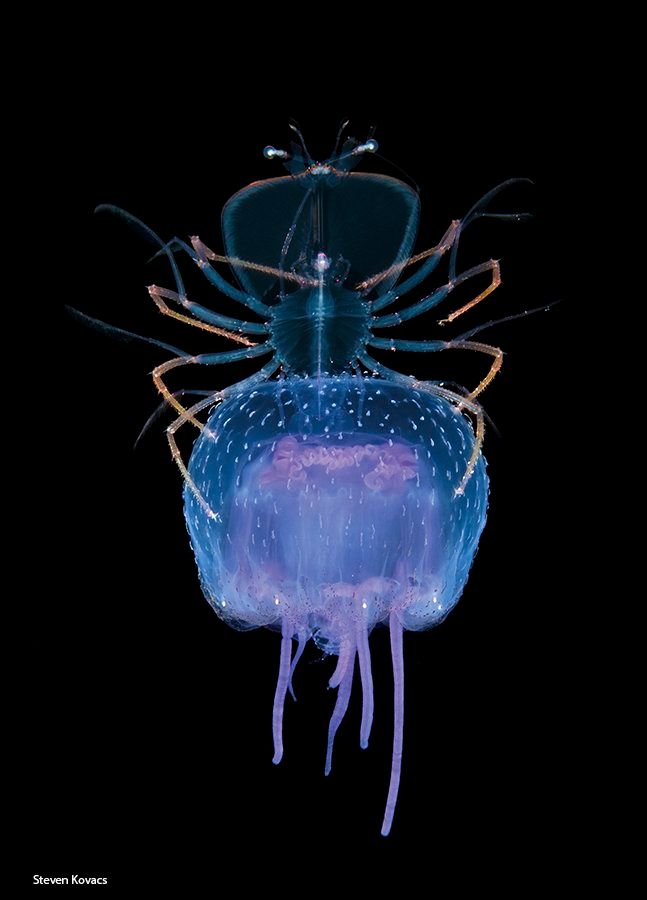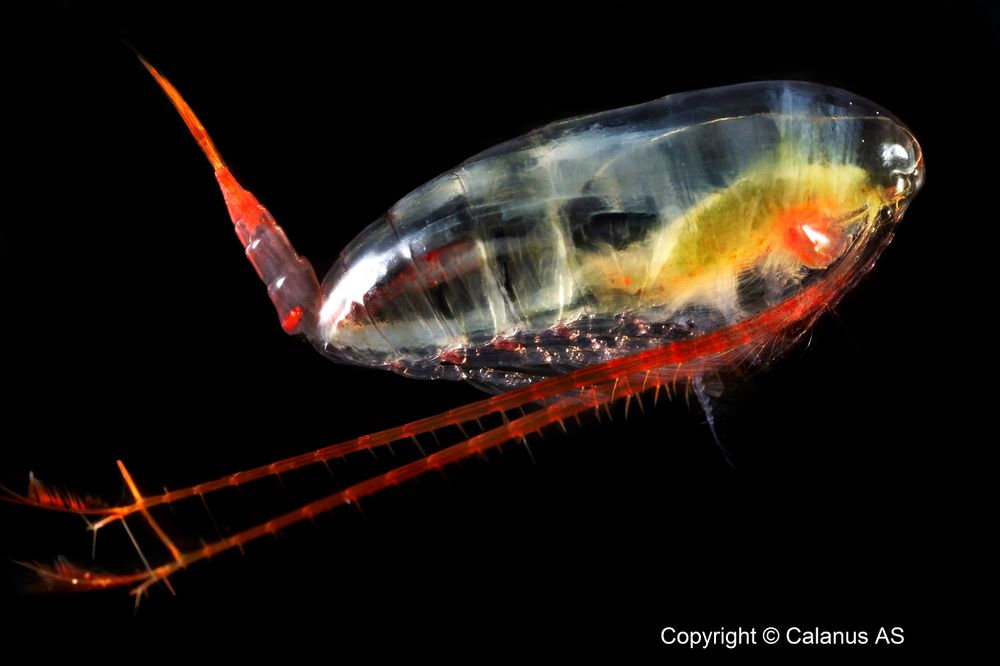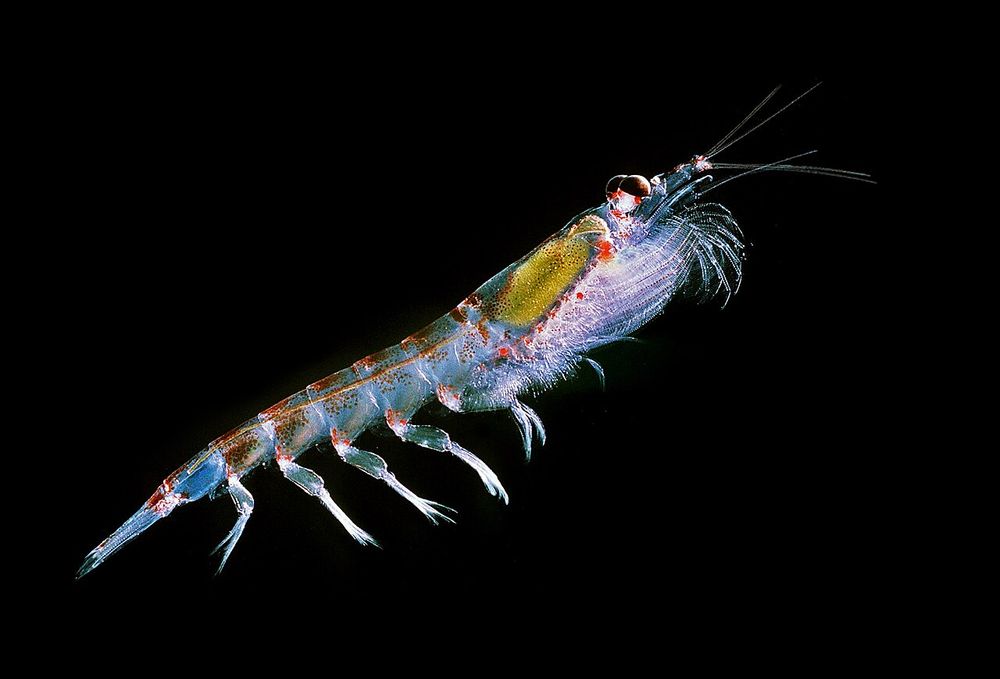
Teuthologist 🦑 | Nerd 👾| Science Fiend 🔭|




I’m Ryan, a squid biologist and deep sea ecologist working on my PhD in New Zealand.
Check out my sporadic posts if you want to see some pictures, videos, and presentations on deep sea research.






Strawberry, because their bodies are covered in photophores, which resemble the seeds of a strawberry. Plus their mantle is kinda strawberry shaped.
🦑 🧪 #Inverts

Strawberry, because their bodies are covered in photophores, which resemble the seeds of a strawberry. Plus their mantle is kinda strawberry shaped.
🦑 🧪 #Inverts
tl;dr: Over the last 7 days every April, August, and December, we invite you to show the internet your coolest bugs & slugs.
Go find critters, post your art, write wikipedia pages, do whatever you like to celebrate invertebrates with us!

Each capsule can contain a couple hundred squid eggs, which seems like a lot until you see how big the squids are when they hatch!


Each capsule can contain a couple hundred squid eggs, which seems like a lot until you see how big the squids are when they hatch!
That species, and this fish, are both part of the Psychrolutidae family.
#MarineLife 🧪

That species, and this fish, are both part of the Psychrolutidae family.
#MarineLife 🧪
Other species or larval stages maintain depth in the water column by riding gelatinous zooplankton!
#Crustmas 🧪🦑



Other species or larval stages maintain depth in the water column by riding gelatinous zooplankton!
#Crustmas 🧪🦑
On the aboral (top) side of sea stars there’s a light colored opening called a madreporite. It looks like a stone coral, or madrepore, which is where its name is derived.
#MarineLife #Inverts 🧪


On the aboral (top) side of sea stars there’s a light colored opening called a madreporite. It looks like a stone coral, or madrepore, which is where its name is derived.
#MarineLife #Inverts 🧪
#worm #underwaterPhotography #macroPhotography #photography #rock #NewEngland #coldWater #scubaDiving #olympus

Paralomis zealandica, is a member of the family Lithodidae, or deep-sea “crabs.”
“Crabs” because they’re not true crabs. They’re more closely related to hermit crabs.
#MarineLife #Inverts 🧪



Paralomis zealandica, is a member of the family Lithodidae, or deep-sea “crabs.”
“Crabs” because they’re not true crabs. They’re more closely related to hermit crabs.
#MarineLife #Inverts 🧪
🦊 Mammals: bsky.app/profile/did:...
🦉 Birds: bsky.app/profile/did:...
🦑 Marine Life: bsky.app/profile/did:...
🐍 Herps: bsky.app/profile/did:...
🐯 Zoosky: bsky.app/profile/did:...
🐋🦭 Marine Mammalogy: bsky.app/profile/did:...
🦇🔊 Bioacoustics: bsky.app/profile/did:...
🦊 Mammals: bsky.app/profile/did:...
🦉 Birds: bsky.app/profile/did:...
🦑 Marine Life: bsky.app/profile/did:...
🐍 Herps: bsky.app/profile/did:...
🐯 Zoosky: bsky.app/profile/did:...
🐋🦭 Marine Mammalogy: bsky.app/profile/did:...
🦇🔊 Bioacoustics: bsky.app/profile/did:...
They come up in most trawls, and I’ve seen them on every expedition I’ve done in NZ.
They’re aquatic isopods. That means they’re crustaceans (like lobsters & crabs) and are in the same group as terrestrial pill bugs/sow bugs/ rollie pollies.
#MarineLife 🧪 #Inverts


They come up in most trawls, and I’ve seen them on every expedition I’ve done in NZ.
They’re aquatic isopods. That means they’re crustaceans (like lobsters & crabs) and are in the same group as terrestrial pill bugs/sow bugs/ rollie pollies.
#MarineLife 🧪 #Inverts
“Scientists estimate that [glass sponges] can live for more than 10,000 years, possibly 15,000 years maximum. One glass sponge observed by researchers in the Ross Sea, a bay of Antarctica, is thought to be the oldest living animal on the planet.”

“Scientists estimate that [glass sponges] can live for more than 10,000 years, possibly 15,000 years maximum. One glass sponge observed by researchers in the Ross Sea, a bay of Antarctica, is thought to be the oldest living animal on the planet.”
From what I've gathered from the squid folks is the tail could be used to mimic a siphonophore so that a predator chomps the tail & not the body? I do believe the tail eventually falls off, but def look that up yourself. 😉
From what I've gathered from the squid folks is the tail could be used to mimic a siphonophore so that a predator chomps the tail & not the body? I do believe the tail eventually falls off, but def look that up yourself. 😉
#SchmidtOcean Dive 337 Cape Range Canyon #NingalooCanyons #OzOceans2020
#SchmidtOcean Dive 337 Cape Range Canyon #NingalooCanyons #OzOceans2020
📽️ Dr. Alejandro Damian-Serrano 🧪🌊🌿🦑🐙
www.americanscientist.org/blog/science...

www.americanscientist.org/blog/science...

They sit in their own order called Vampyromorphida, and are genetically closer to octopuses than squids.
🦑🧪 #Invert

They sit in their own order called Vampyromorphida, and are genetically closer to octopuses than squids.
🦑🧪 #Invert





